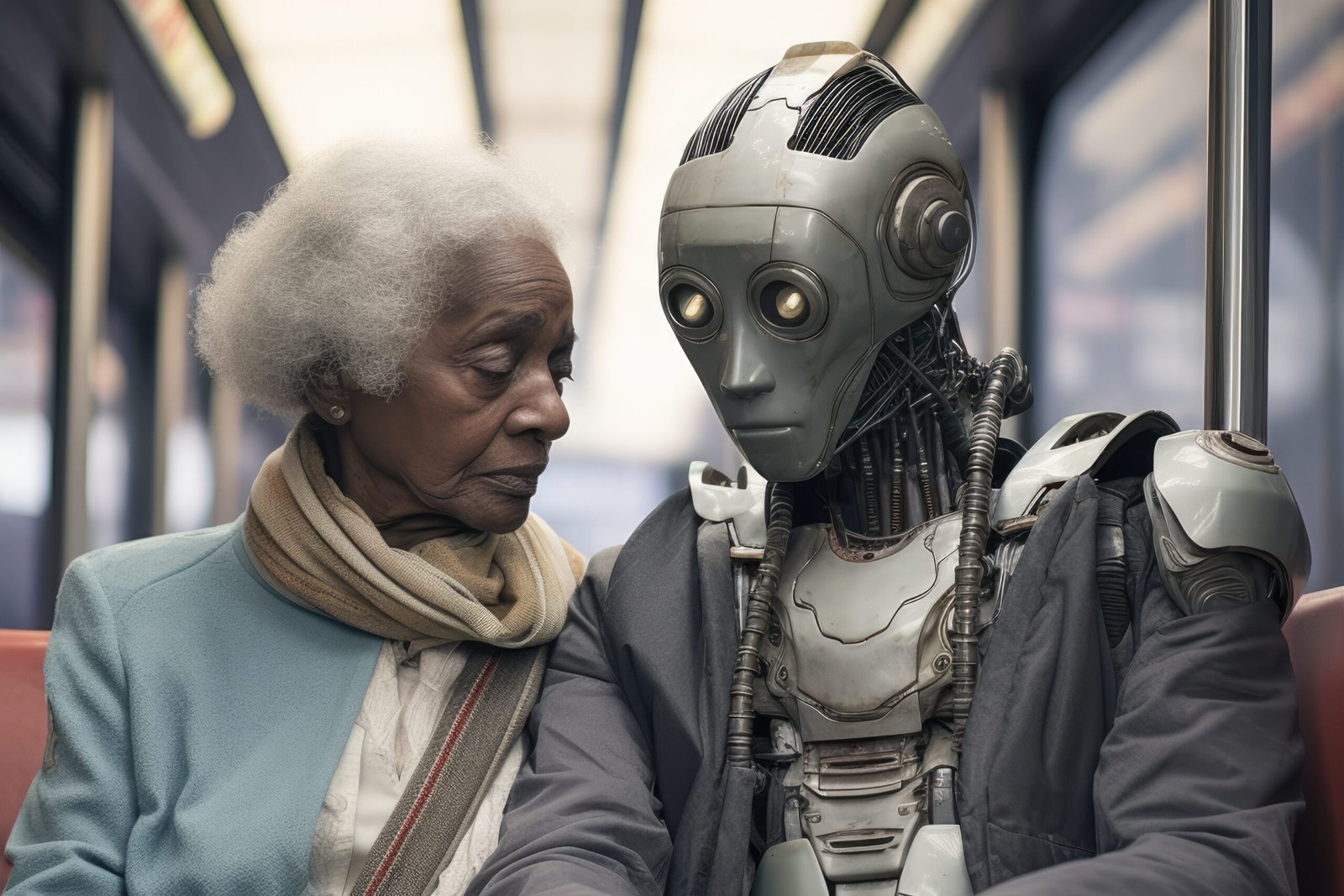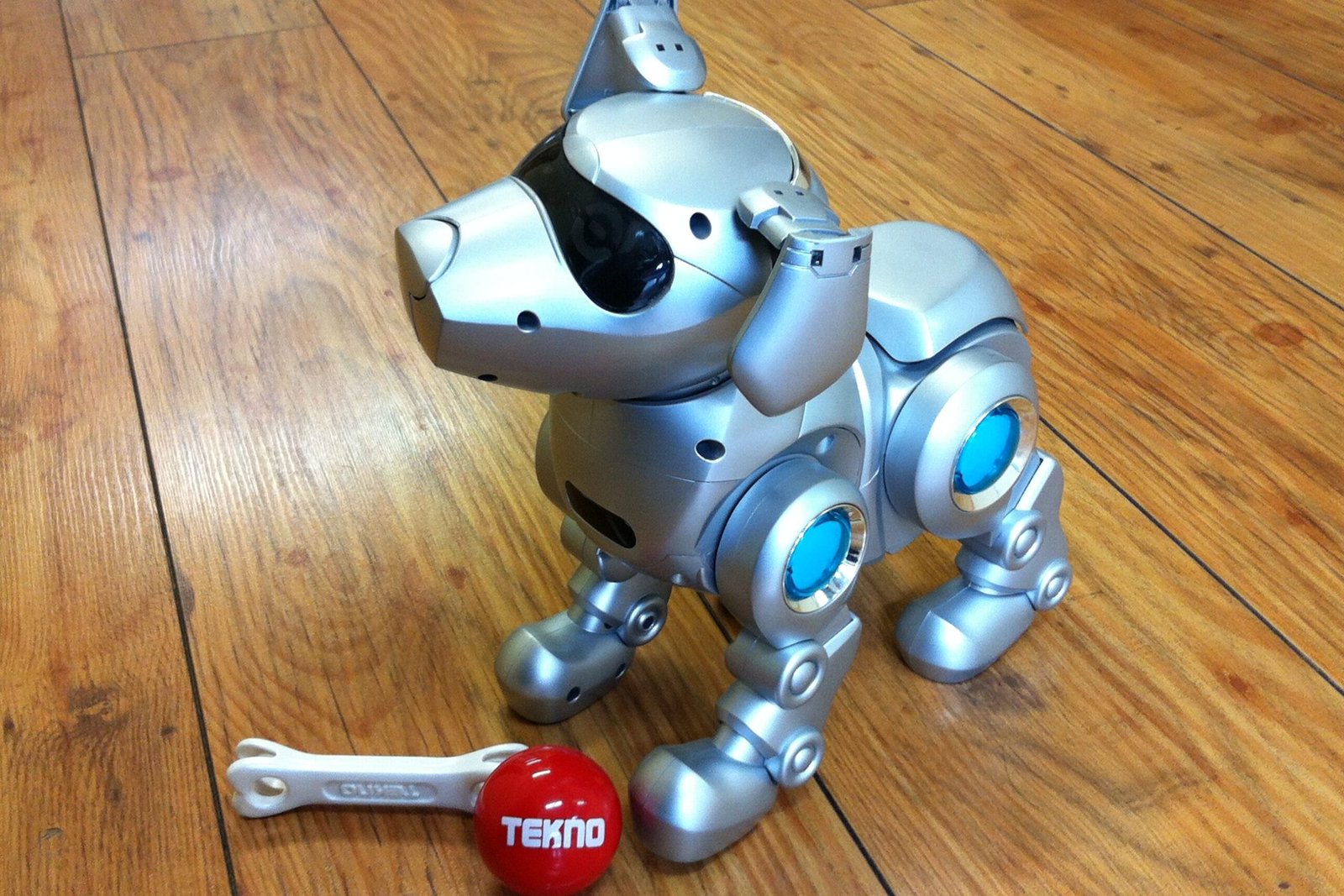The Rise of Robotic Companions in Japan

Japan has always been at the forefront of robotics, but robotic pets weren’t just made for entertainment. They were created to meet a growing societal need—companionship in an increasingly isolated world. With an aging population and a culture that values technology, it was only a matter of time before artificial pets became part of people’s emotional lives.
These robotic pets come in many forms, from lifelike dogs and cats that react to touch, to seal-like companions designed for therapy. Unlike real pets, they don’t require feeding, walks, or medical care, making them ideal for people who can’t handle the responsibilities of a living animal. What started as a novelty has now become a movement, proving that people don’t just crave companionship—they crave something to care for.
How Can a Machine Inspire Real Human Emotion?
At first glance, it might seem odd that people can feel emotionally connected to something that isn’t alive. But the key to these robotic pets’ success lies in their design. They mimic the behaviors of real animals—blinking, purring, tilting their heads in curiosity. They respond to touch, recognize voices, and even develop “personalities” over time based on interactions.
This triggers something deep in the human brain: the need to nurture. When people pet a robotic dog and it wags its tail, their brain reacts almost the same way it would with a real pet. The illusion of companionship is strong enough to activate feelings of care, attachment, and responsibility. In a society where many feel disconnected, this simple interaction can be life-changing.
Fighting Loneliness, One Robotic Pet at a Time
Japan has been dealing with a loneliness crisis for years, especially among its elderly population. Many older adults live alone, with little to no family interaction, leading to emotional and even physical decline. Traditional solutions like social clubs and therapy don’t work for everyone—but robotic pets are proving to be a surprising source of comfort.
For many elderly individuals, these robots become more than just gadgets. They provide routine, emotional engagement, and a sense of purpose. Some owners even speak to them as if they were real pets, sharing their thoughts and worries. In a world where human interaction can be limited, these robotic companions offer something truly valuable: the feeling of being needed.
The Science Behind Why We Bond With Robots
It’s easy to assume that only children or lonely individuals would form attachments to robotic pets, but studies show that humans are naturally wired to connect with anything that exhibits social behavior—even if it’s artificial. Our brains are programmed to recognize faces, respond to affection, and form attachments, whether it’s to a real dog or a mechanical one.
This phenomenon, known as the “Eliza Effect,” explains why people ascribe emotions and intentions to machines. When a robotic pet nuzzles into your hand or responds to your voice, your brain doesn’t analyze whether it’s real or fake—it just reacts emotionally. This is why robotic pets can provide genuine comfort, even when people are fully aware that they’re interacting with a machine.
Can Robotic Pets Teach Children to Be More Empathetic?
In an age where children are growing up with screens instead of real-life experiences, empathy is becoming harder to cultivate. Many parents worry that their kids are losing the ability to connect with others, caught up in digital distractions. Interestingly, robotic pets are being used as tools to bring empathy back into children’s lives.
When kids interact with robotic pets, they learn about care and responsibility. They start to understand emotions—not through a screen, but through physical interaction. Unlike video games or smartphones, robotic pets respond in real-time, requiring patience, attention, and gentle handling. This process helps children develop emotional intelligence, something that traditional digital entertainment often fails to nurture.
The Role of Robotic Pets in Therapy

Beyond personal companionship, robotic pets are now being used in therapy settings, particularly for people with dementia, autism, and mental health conditions. In elderly care homes, robotic animals are helping residents engage with the world again, stimulating memories and emotions that had been buried under years of isolation.
For individuals with autism, robotic pets provide a safe and predictable form of interaction. Unlike humans, these robots don’t judge, don’t misunderstand, and don’t overwhelm. They offer unconditional companionship, allowing individuals to practice communication, express emotions, and experience connection in a controlled, comforting way. The impact is profound, proving that emotional healing doesn’t always require human touch—sometimes, it just needs the right kind of presence.
How Robotic Pets Are Redefining What It Meansto Have a Pet
For centuries, pet ownership has been associated with live animals, but Japan’s robotic pets are challenging that definition. Traditionally, having a pet meant accepting the joys and burdens of caring for a living being—feeding, grooming, dealing with illnesses, and eventually, the heartbreak of loss. But robotic pets offer an alternative, providing companionship without the responsibilities that come with real animals.
For some, this might seem like a shallow replacement. But for people who live in apartments that don’t allow pets, individuals with allergies, or the elderly who struggle with physical care, robotic pets fill a crucial gap. They may not have a heartbeat, but the emotional connection people form with them is very real. These robots aren’t here to replace real pets; they’re here to ensure that companionship is accessible to everyone, regardless of circumstances.
The Ethical Debate: Are Robotic Pets a Good Thing?
While robotic pets offer clear benefits, not everyone is convinced that they’re a positive development. Some critics worry that relying on artificial companions could further isolate people, preventing them from forming real human relationships. If people can get emotional fulfillment from machines, will they stop seeking it from other people?
Others argue that robotic pets, especially in elder care, could be a band-aid solution for deeper societal issues. Instead of addressing loneliness through human connection, are we simply outsourcing companionship to machines? These are valid concerns, but supporters of robotic pets believe they are not meant to replace human interaction—only to enhance it. When used correctly, they serve as a bridge, helping people feel emotionally connected until they can form deeper bonds with others.
Why Japan Is Leading the Charge in Robotic Empathy
Japan’s rapid adoption of robotic pets isn’t just about technology—it’s deeply rooted in cultural values. In Japan, robots have long been seen as friendly helpers rather than threats, thanks to decades of positive depictions in media. The country also faces unique societal challenges, such as a declining birth rate and an aging population, which have driven innovation in robotic companionship.
In Western cultures, robots are often portrayed as cold or even dangerous, making the idea of forming emotional bonds with them feel unnatural. But in Japan, robots are welcomed as part of daily life. This openness to technology allows Japan to explore the emotional potential of AI-driven companionship in ways that many other countries are still hesitant to embrace.
The Unexpected Ways Robotic Pets Are Impacting Mental Health
Loneliness and stress are major contributors to declining mental health, and robotic pets are proving to be surprisingly effective in alleviating both. Studies show that even interacting with an artificial pet can lower stress hormones, reduce anxiety, and provide a calming effect similar to real pet therapy. This is especially useful for individuals who live alone or those dealing with grief and depression.
The simple act of caring for something—even if it’s a machine—can provide a sense of purpose. Many robotic pet owners describe feeling happier and more emotionally stable after incorporating their artificial companions into daily life. While robotic pets are not a cure for mental health struggles, they are becoming an increasingly valuable tool in creating emotional stability and comfort.
How AI Is Making Robotic Pets Smarter and More Lifelike
Early robotic pets were little more than animated toys, responding to a few basic commands. But advancements in artificial intelligence are taking them to a whole new level. Today’s robotic pets can recognize their owners, learn routines, and even express “moods” based on interactions. Some models can simulate growth, acting as if they are learning and evolving alongside their human companions.
These AI-driven enhancements make the bond between humans and robotic pets even stronger. The more these machines mimic real-life behavior, the more emotionally engaging they become. Future models might even have AI personalities that adapt over time, making each robotic pet feel as unique as a real animal. As technology continues to evolve, the line between artificial and real companionship will only get blurrier.
Could Robotic Pets Become the Norm in the Future?
As technology improves and society changes, it’s possible that robotic pets will become as common as smartphones. Younger generations, who are already comfortable with AI and digital interactions, may be more open to artificial companionship than previous ones. If current trends continue, robotic pets could move beyond being niche gadgets and become mainstream emotional companions.
However, their acceptance will depend on how they are integrated into society. If robotic pets remain expensive, they may stay a luxury item rather than an everyday household presence. But if accessibility improves, we may reach a point where owning a robotic pet is as natural as owning a traditional one. The future of companionship could be shifting, and robotic pets might just lead the way.
What Robotic Pets Teach Us About Being Human

Perhaps the most surprising lesson robotic pets offer is not about technology, but about human nature. The fact that people form deep connections with machines shows just how strong the human need for companionship is. Whether it’s a real pet, another person, or an AI-driven robot, our desire to nurture and be nurtured remains unchanged.
In a world that often feels disconnected, robotic pets remind us of something fundamental: empathy is not just about who—or what—we care for. It’s about the act of caring itself. Whether through real animals or artificial companions, the need to love and be loved remains one of the most defining aspects of being human. And if robots can help us rediscover that, maybe they’re not just teaching us about technology—they’re teaching us about ourselves.
